Monkey Chimera With Green Eyes And Glowing Fingers Born For First Time In History

Scientists in China have created a male monkey chimera with green eyes and glowing fingertips. The lab-created primate was the result of an experiment that used pluripotent stem cells from two genetically distinct fertilized eggs of the same monkey species. While the long-tailed macaque (Macaca fascicularis) is not the first of its kind, it is the most chimeric one to date, according to researchers.
The Monkey Chimera Began As A Single Organism Comprised Of Cells From More Than Two Parents
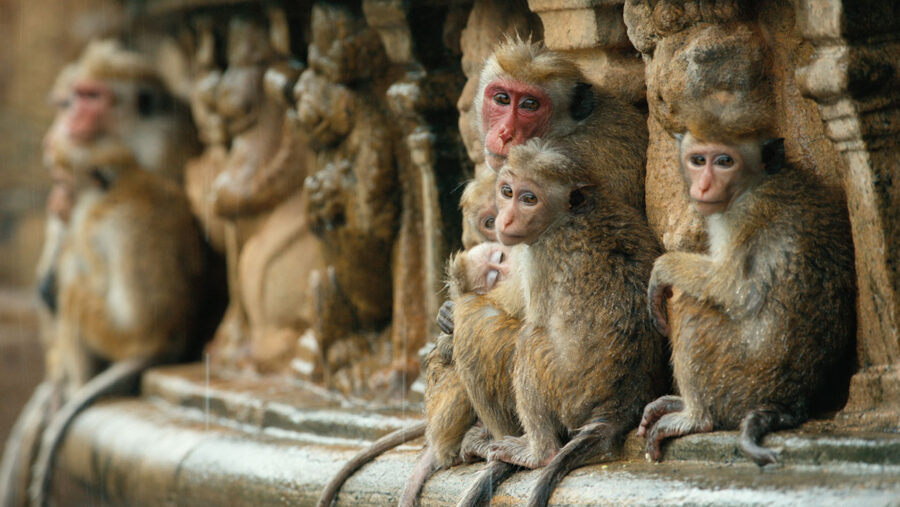
According to Science Alert, the monkey chimera began as a single organism comprised of cells from more than two parents. In the monkey’s body, the tissues and cells originated from two separate stem cell lines, one from a donor embryo and another from a host embryo, manifested in various organs, including the brain, heart, kidney, liver, gastrointestinal tract, testes, and cells that develop into sperm.
Researchers measured contributions from extra donated stem cells in 26 tissue types within the live monkey chimera, ranging from 21 percent to 92 percent. The brain tissues exhibited the highest percentage of donor cell contributions. While previous studies have resulted in chimeric monkey fetuses, the newest addition to this lineage survived for only ten days.
Learning More About Diseases From The Monkey Chimera
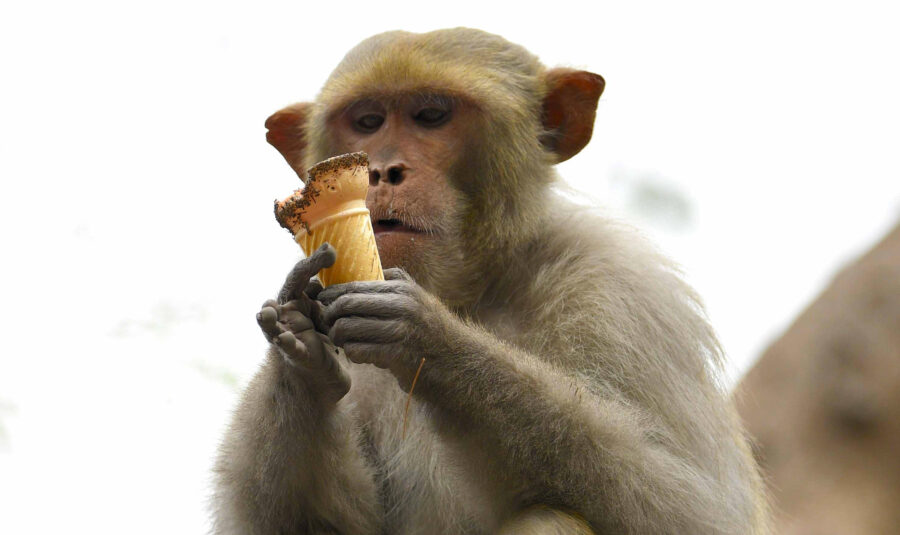
The study’s reproductive engineer and senior author, Zhen Liu of the Chinese Academy of Sciences (CAS), expressed optimism, stating, “This is a long-sought goal in the field.” He sees the potential for this experimental work to pave the way for more precise monkey chimera models for studying neurological diseases and other biomedical areas.
The First Monkey Chomera Was Produced In 2012
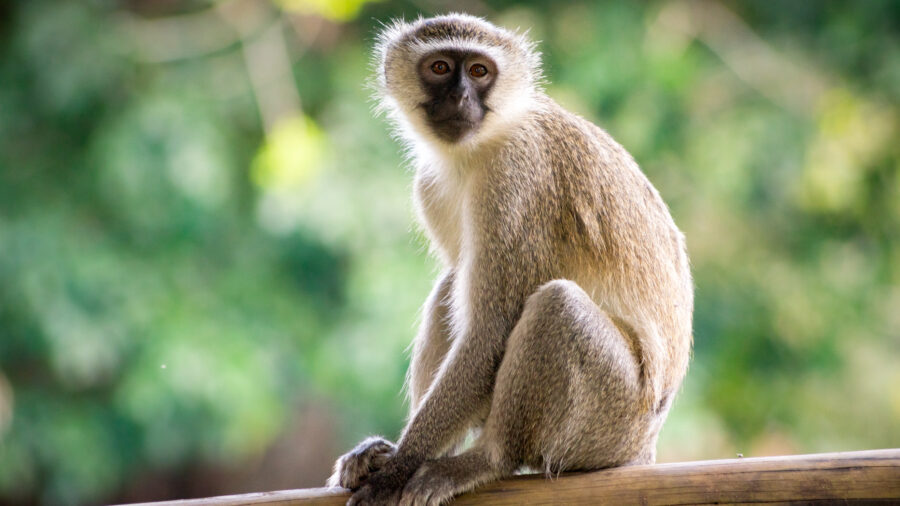
The first live monkey chimera was reported in 2012, but their donor cells contributed to tissues at much lower percentages. The tissues were limited to blood-rich organs such as the liver, spleen, and placenta. By contrast, the latest chimeric monkey exhibited solid tissues that emitted a distinctive glow, signaling the successful incorporation of donor stem cells.
The Reasoning Behind The Fluorescent Glow
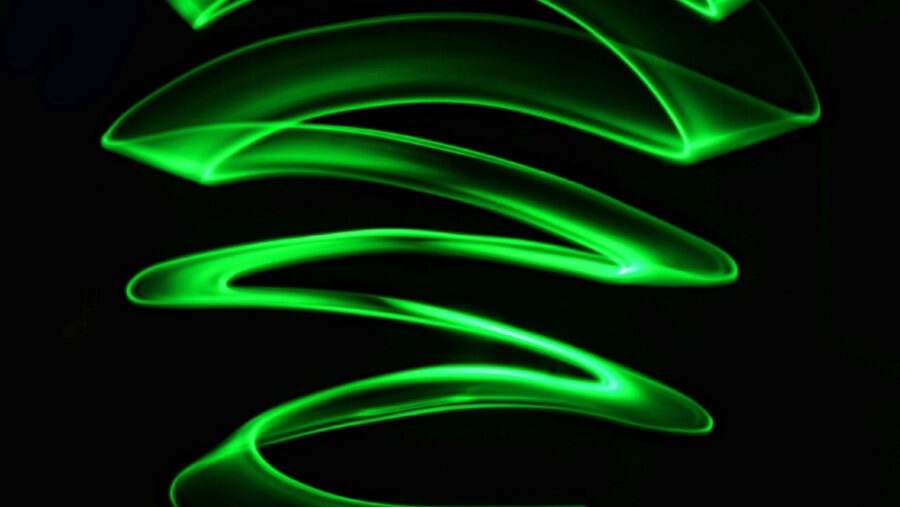
The scientists engineered embryos with green fluorescent protein-labeled donations, allowing them to identify tissues and cells derived from the donated stem cell line in the monkey chimera. While the efficiency of the process remains low, with only six live births and one exhibiting stem-cell-derived tissues in multiple regions, the researchers consider it a promising step forward.
The challenges lie in refining the efficiency of stem cell and embryo culture in the lab to enhance survival rates during the early stages of development. The monkey chimera study, led by geneticist Jing Cao from CAS, opens new avenues for scientists to delve deeper into the early stages of stem cell differentiation in primates, offering valuable insights not as extensively studied in mice.
Ethical Concerns
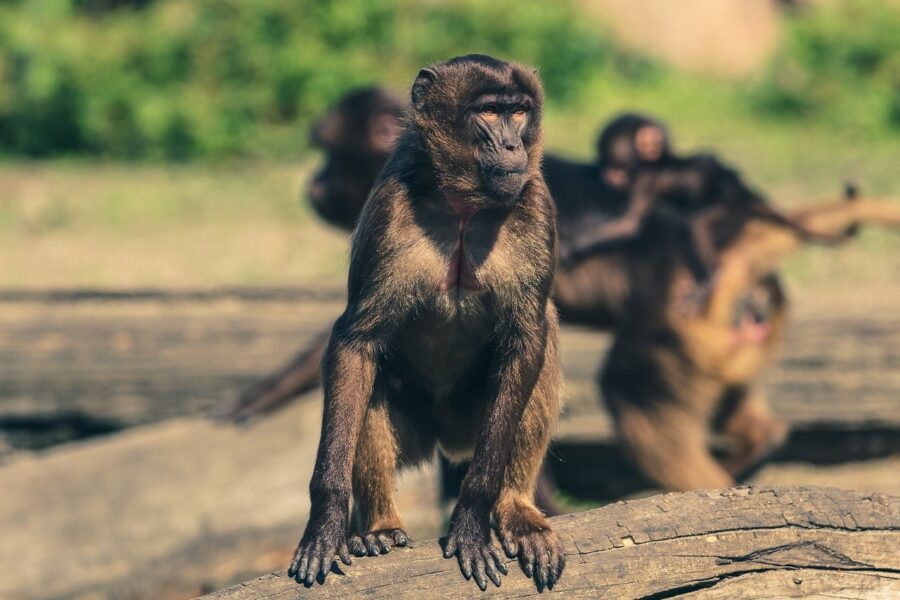
However, the creation of animal chimeras, particularly those that involve human cells, raises ethical concerns. These include the fear of species-boundary crossing, the risk of monkey chimera developing human-like consciousness, and the risk of human gamete production. Gametes, the cells needed for reproduction, are created through a process called meiosis.
Despite the ethical concerns surrounding chimeric animal research, proponents argue that the benefits of creating accurate disease models for testing diseases and therapies outweigh the potential drawbacks. Since donor stem cells can be genetically edited, future biomedical research may leverage monkey chimera models to test disease outcomes more accurately.












